One of the best planned cities of India, Jaipur is the capital city of the state of Rajasthan. Its features of beautiful Architecture, Town Planning, Arts and Crafts, Culture, tourism have endowed it with uniqueness in India's urban character. Jaipur being capital of Rajasthan and one of the important cities of Golden Triangle is the focus of the socio-economic and political center of the State. Jaipur is an expression of the astronomical skills, living traditions, unique urban form and exemplary foresighted city planning of an 18th century city from India.
Amber was the capital of Kachwaha until 1727 when the ruler of Amber, Maharaja Sawai Jai Singh II founded a capital Jainagara (Jaipur) named after him, about nine kilometers South of Amber. The Walled City of Jaipur is an exceptional urban example, was conceived and developed in a single phase in the 18th century with a grid-iron model inspired from the Prastara plan of the Vastu Shastra. Built under the patronage of Maharaja Sawai Jai Singh II who was scholar of Astronomy, Jyotish and Vastu Shastra with the help of the then Town Planner Shri Vidhyadhar Bhattacharya, from 1727-1731 CE, within a span of four years, along with special royal invitations to several traders and craftsmen, inviting them to settle in this newly envisaged trade and commerce city.
Envisaged as a trade capital, the main avenues of the city were designed as markets, which remain significant bazaars of the city till date. Chaupar or designed large public squares at the intersection of roads, is another feature that is distinct to Jaipur as are its single to multicourt havelis and haveli temples.
The planned nine square (Chowkri) plan of Jaipur city was a grid defined by the main streets running north south and east-west. A massive city wall and nine gates were constructed around the walled city of Jaipur.The Walled City of Jaipur was initially designed for a population of 60,000 inhabitants in an area of 6.74 sq. km and today it accommodates around 6 lac population. The walled city can still cater to the present-day pressures of vehicular traffic on roads.
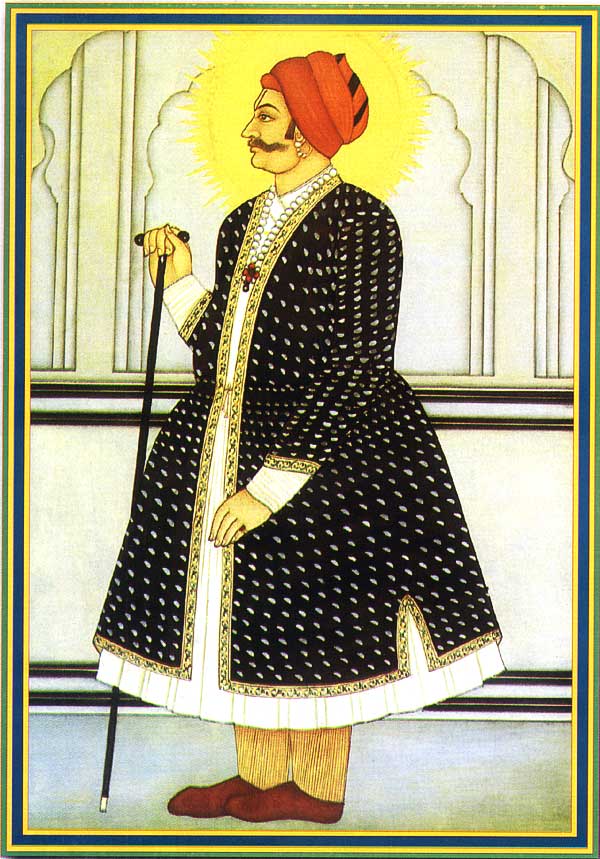
Maharaja Sawai Jai Singh II
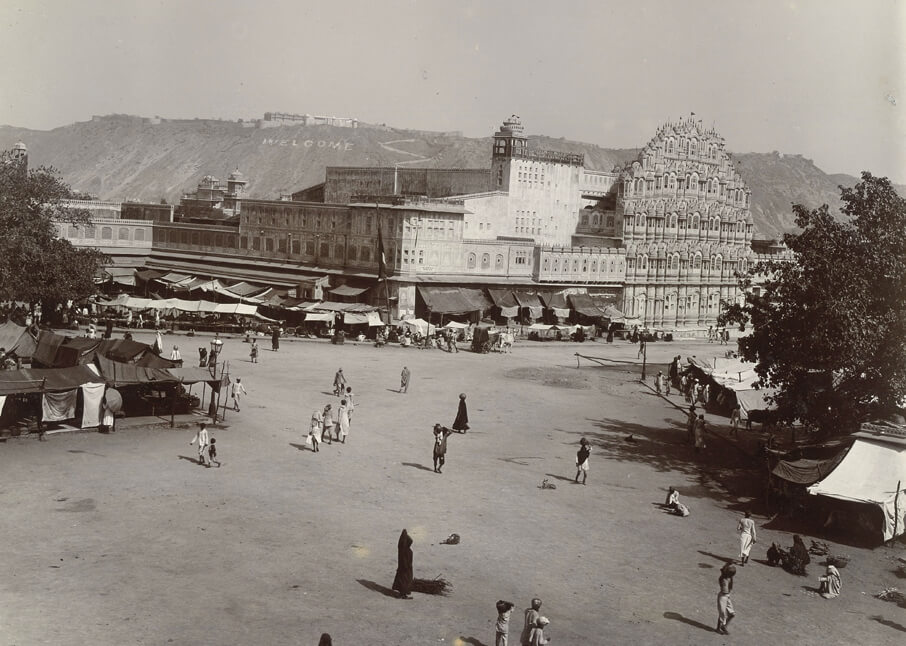
Hawa Mahal
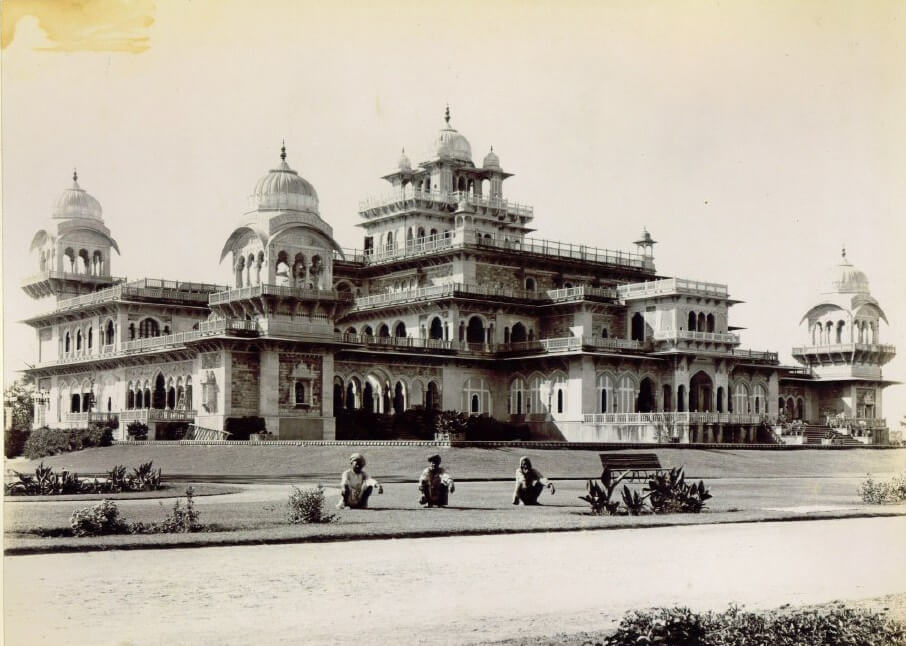
Albert Hall Museum
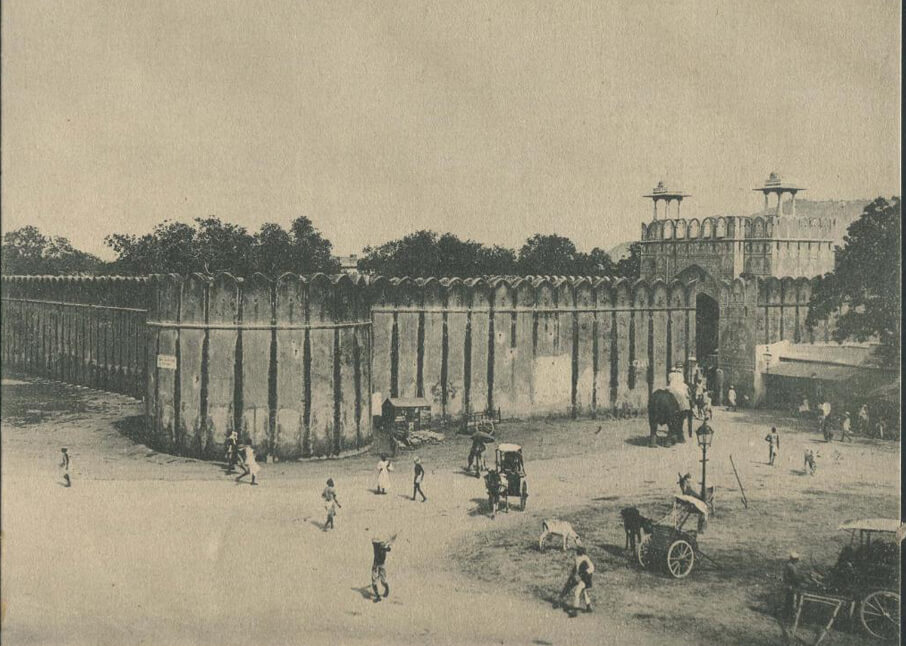
View of Burj
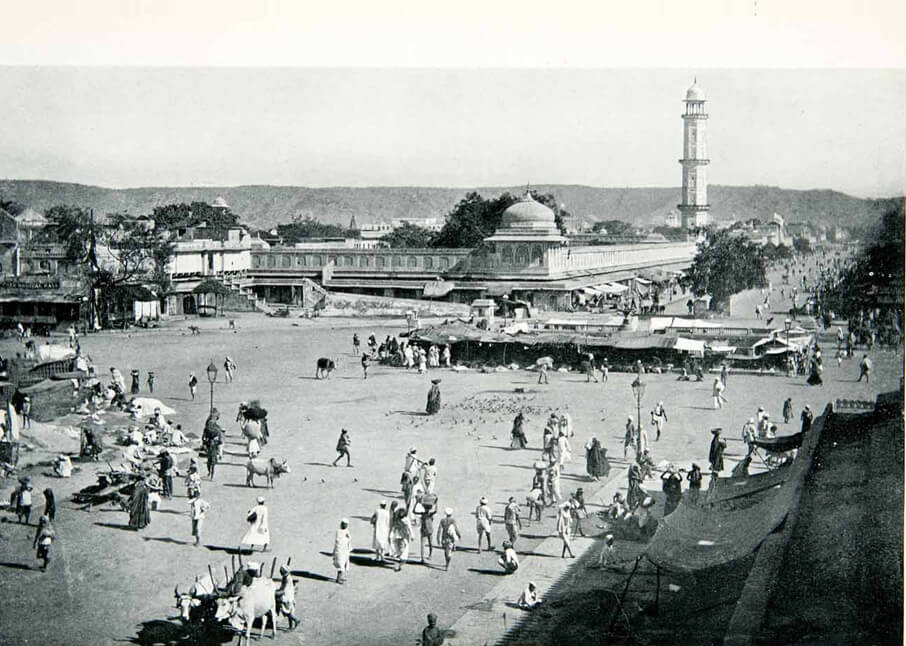
Choti Chaupad
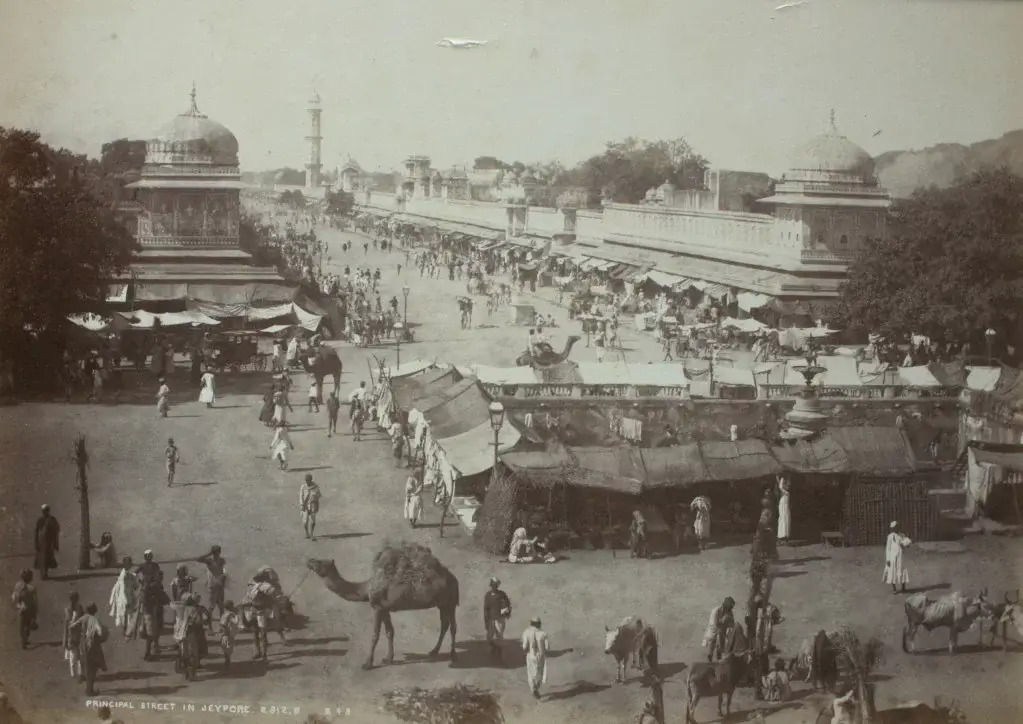
Badi Chaupad
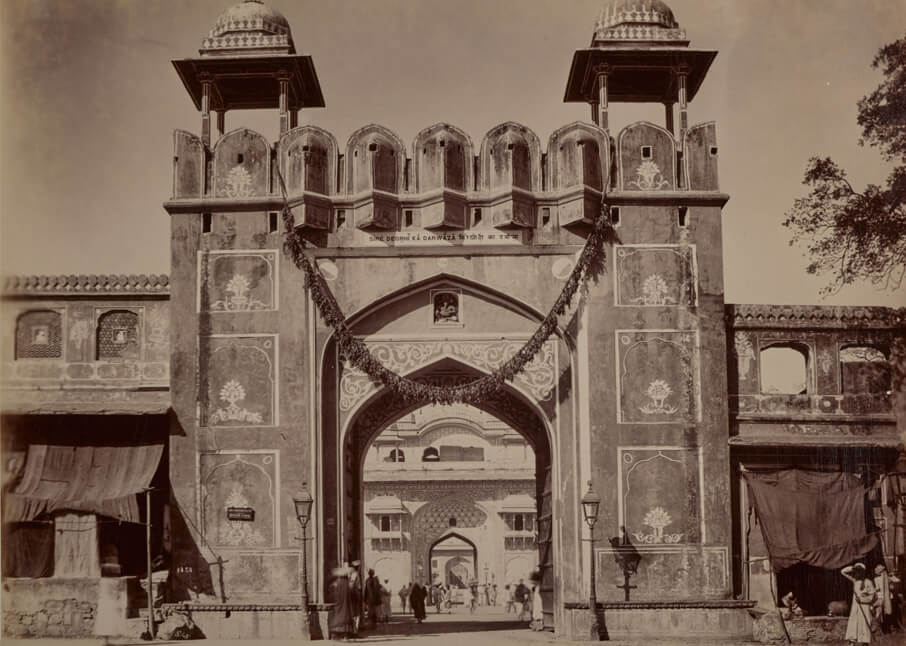
Sireh Deori Gate
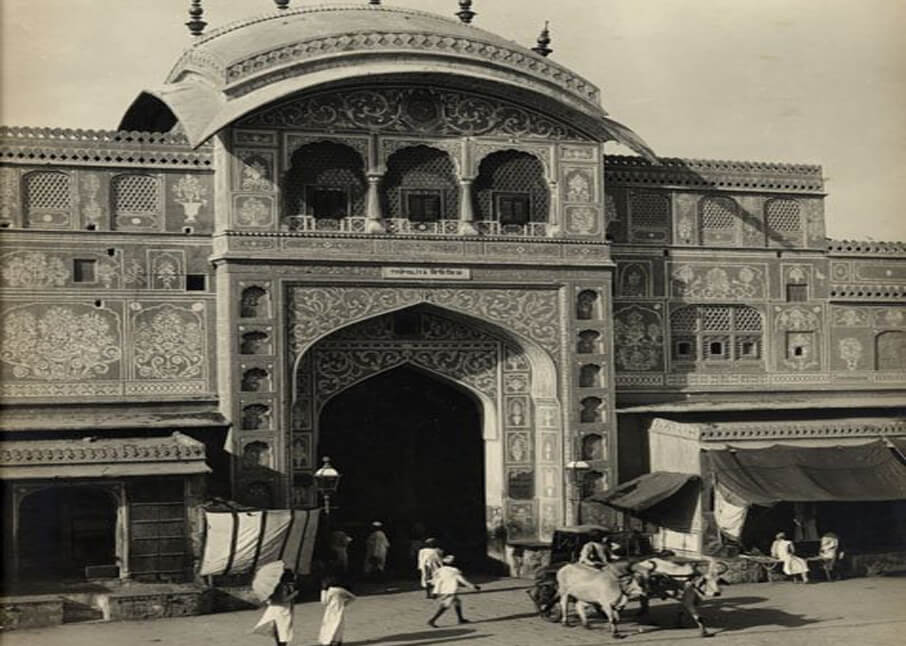
Tripulia Gates